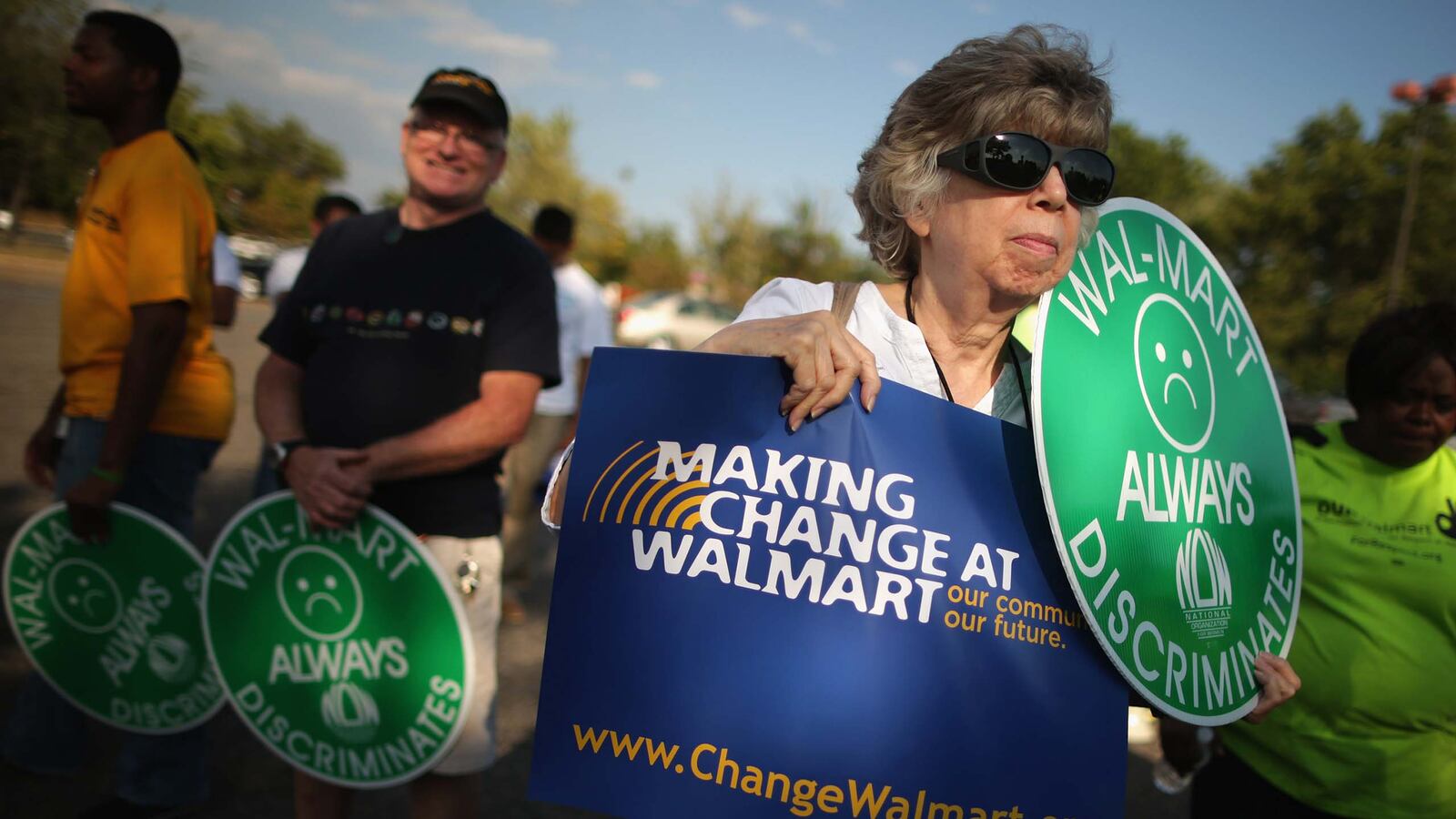Yesterday, Democratic leaders in the Senate announced their plan to introduce a minimum wage increase before the end of the year. Under the proposal, the minimum wage would increase to $10.10 from its now-level of $7.25, a small but significant way to increase income and make the recovery work for low-income workers. The White House has also gotten behind the proposal, telling the New York Times that “The president has long supported raising the minimum wage so hardworking Americans can have a decent wage for a day’s work to support their families and make ends meet."

This is a slight change for President Obama, who—in this year’s State of the Union—called for a $9 minimum wage. If passed into law, the $10 minimum wage would be higher than any statewide minimum, though lower than the levels set by some states and localities. If this sounds high, consider two things. First, if the minimum wage had simply kept pace with inflation, it would stand at $10.52 an hour, according to the Center for Economic and Policy Research. Likewise, if it had kept pace with worker productivity, the minimum wage would stand at a $21.72 an hour. Instead, the value of the minimum wage has declined, even as workers produce more than they did in the past.
If we’re thinking in terms of what workers have earned, and not just what’s politically possible, we should be floating a proposal to double the current minimum. As for the idea that this would harm the labor market and reduce overall economic growth? It’s not at all clear that this applies to the proposed increase, which comes at the margins. Indeed, the available evidence is inconclusive on what will happen to employment with an increase at these levels. My guess is that, overall, employers have room to pay higher wages without reducing hours or employees.
It’s worth noting that, pace the prevailing wisdom, the chief beneficiaries of a minimum wage increase aren’t teenagers or young workers—they’re working adults. According to the Economic Policy Institute, 80 percent of workers affected by a minimum wage increase are over the age of 20, more than a third are at least 40 years old, 55 percent work full-time, 56 percent are women, and 28 percent have children. In other words, they’re a lot like the workers striking Wal-Mart for its low wages and limited opportunities:
We can shrug at this as “the market,” or we can treat it—correctly—as the product of policies that privilege profits over wages, and large firms over ordinary workers. Raising the minimum wage is the least we can do to begin to correct the imbalance.






